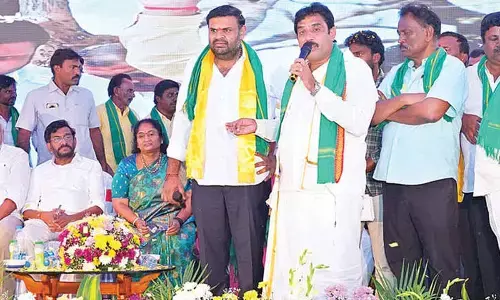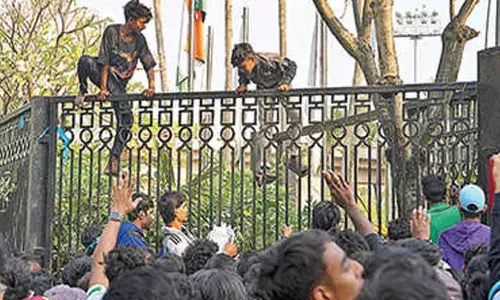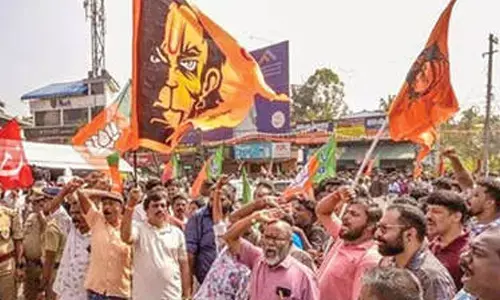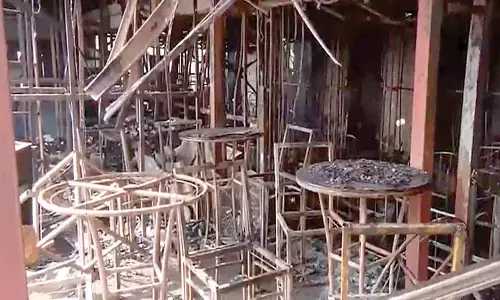Centre asks major retailers to follow declining mandi prices of key pulses
Share :
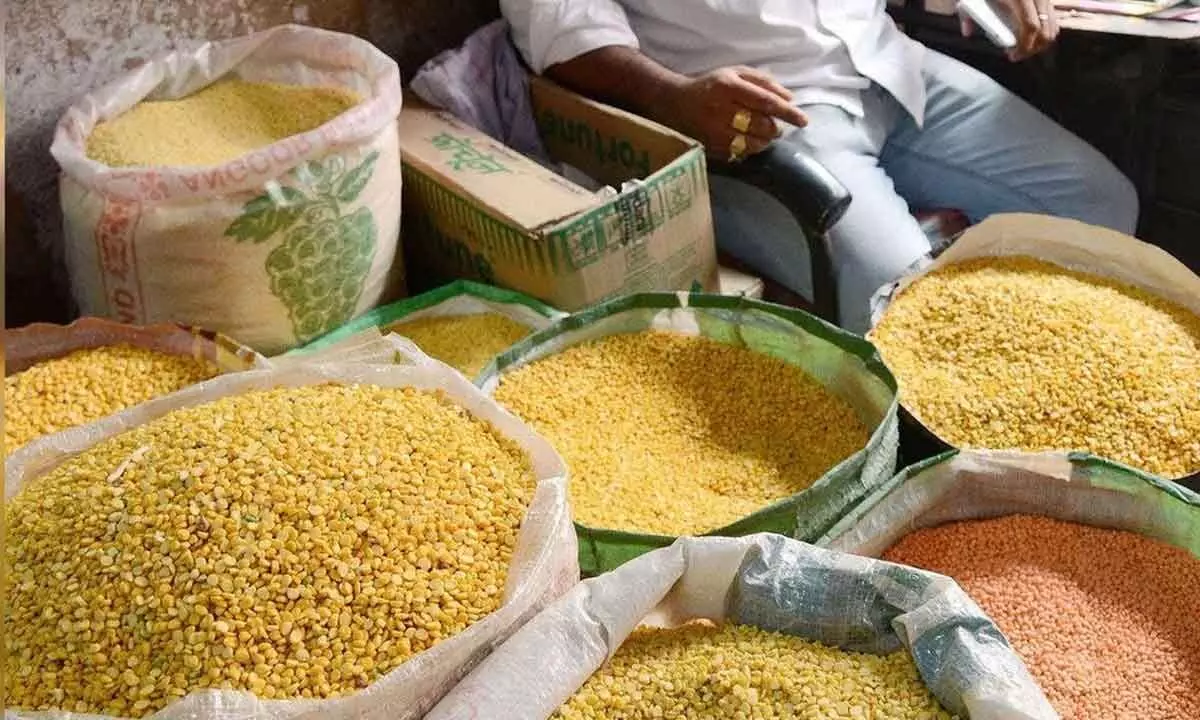
Prices of tur (arhar) and urad pulses in major mandis have declined by almost 10 per cent in the last three months but retail prices have not seen a similar decline yet, the Centre said on Tuesday.
New Delhi: Prices of tur (arhar) and urad pulses in major mandis have declined by almost 10 per cent in the last three months but retail prices have not seen a similar decline yet, the Centre said on Tuesday.
Nidhi Khare, Secretary, Department of Consumer Affairs, told the Retailers Association of India (RAI) and representatives from leading organised retail chains that in respect of chana, decline in mandi prices have been observed in the past one month but retail prices continue to increase.
She pointed out the diverging trends between wholesale mandi prices and retail prices are indicative of increasingly unwarranted margins that retailers are extracting out of the market dynamics.
“The trends are being closely tracked and necessary measures will have to be initiated if the divergences are found to be widening,” she told them in a meeting.
According to the Ministry of Consumer Affairs, the current sowing area for Kharif pulses exceeded last year by over 7 per cent and crop condition is good.
Notably, mandi prices of most pulses are on a declining trend in recent months against improved availability and higher sown area of kharif pulses this year.
In respect of availability, the Secretary informed that Kharif urad and moong have started arriving in the markets while imports of tur and urad from East African countries and Myanmar are arriving steadily to augment the domestic production.
The comfortable domestic availability situation is also evident from the fact that the quantity of pulses stock disclosed by big-chain retailers in the stock disclosure portal of Department of Consumer Affairs has been increasing every week.
Khare pointed out that this year, sowing area for Kharif pulses has exceeded last year by over 7 per cent and crop condition has been good.
In preparation for Rabi sowing, the Department of Agriculture and Farmers Welfare has assigned focus plans to each of the major producing states, with the objective of increasing production and self-sufficiency in pulses.
"The National Agricultural Cooperative Marketing Federation of India (NAFED) and the National Co-operative Consumers' Federation of India (NCCF) will be involved in farmers registration and seeds distribution among farmers in the upcoming Rabi season, as was done in the Kharif sowing season this year," said the ministry.











